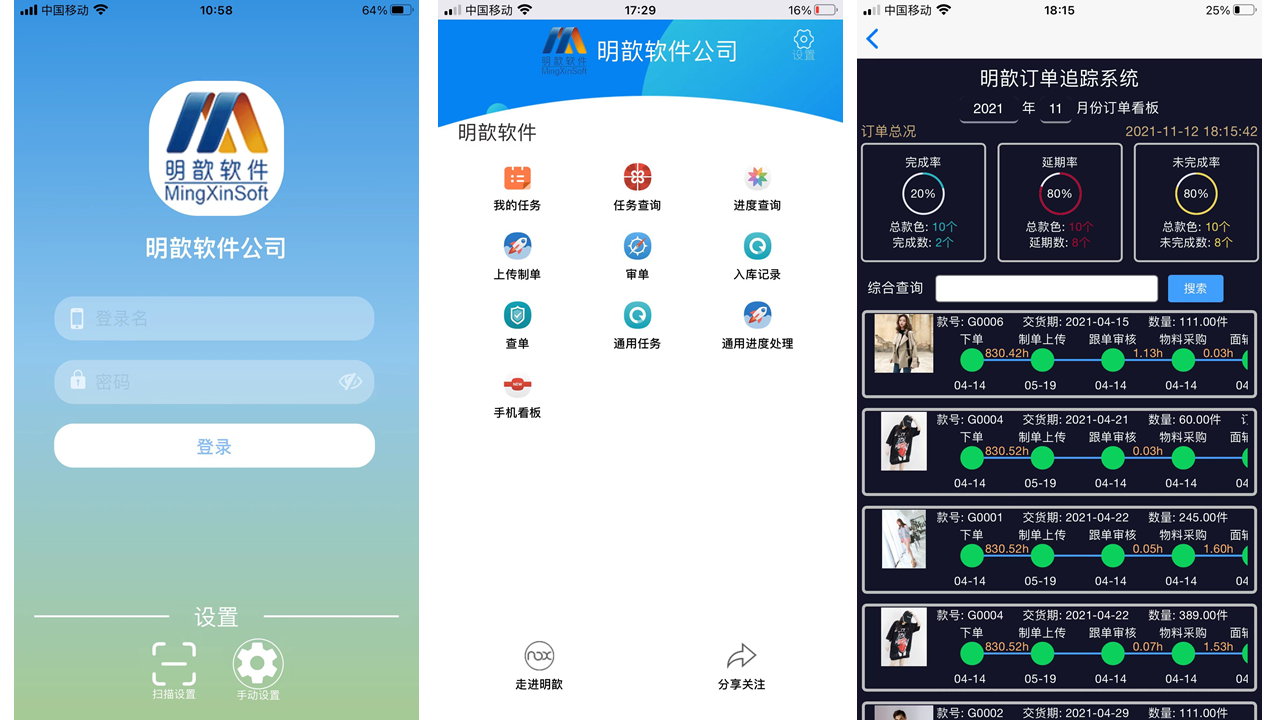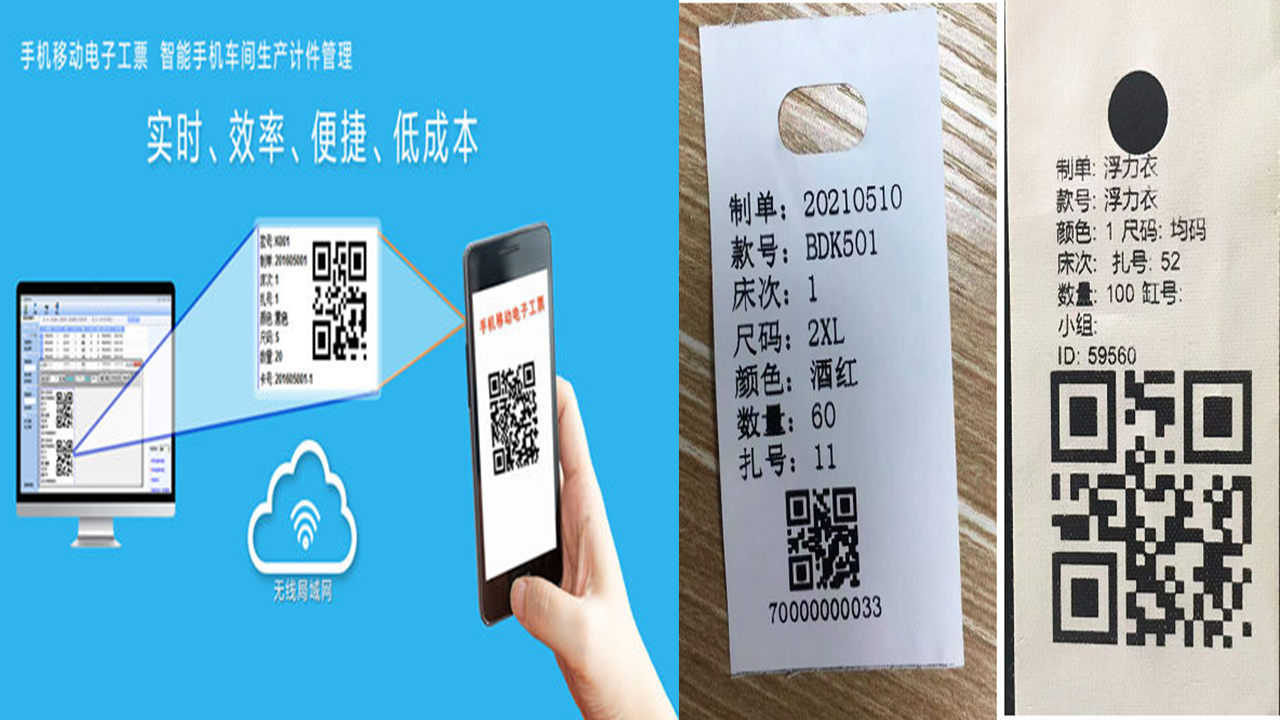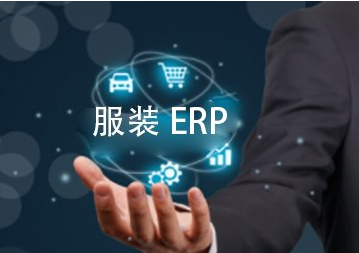
- Product Video
- Product Details
- Customer Case

The "Hequn M6 Clothing ERP Management System" is a personalized and customized management system for domestic and foreign clothing enterprises. It implements the whole Business process management of garment enterprises from quotation receiving, plate making, bulk production, raw material purchase, from cutting to workshop picking production, from finished product acceptance and warehousing to sales and shipping, and cost control through different system modules based on the main clues of customer orders and boards. The clothing ERP system integrates solutions for various links in the clothing production process and outsourcing process. Hequn Clothing ERP is an open Saas network architecture, mature business processes, and personalized services that vary according to demand. It provides practical solutions for enterprises of different sizes and development stages, and provides a solid management platform for continuous success!
The Hequn Clothing ERP system encompasses the complete management process of the clothing industry, including board opening, cost quotation, bulk orders, production scheduling, material planning, procurement management, inventory management, workshop receiving and dispatching, outsourcing processing, cost accounting, and other complete processes. Mingxin Clothing ERP is an open and integrated technology architecture, mature business processes, and personalized services that vary according to demand, providing practical solutions for enterprises of different scales and development stages. Mingxin Software has launched personalized workflow, interface, and report customization functions in the ERP field, providing a solid management platform for continuous success for enterprises.
Version Description: Single player single player version/Multi player network version!
Suitable for industries: suitable for clothing, clothing, clothing, footwear, fabric, accessories, hats, leather goods and other factory manufacturing industries!
Suitable types: Suitable for manufacturing industry types such as order taking (internal/external) production, planned production, incoming material processing, outsourcing production, trade order taking, and so on!
Software functional modules: shared data, basic data, tracking management, procurement management, warehouse management, sales management, production management, cutting bed management, flight control management, outsourcing management, quality inspection management, store management, shipping management, personnel management, cost management, financial management, report center!
Introduction to each module of the software:
1. Shared data: including multi factory management, color and coding management, item number BOM management, product information [item number, fabric, auxiliary material coding management, multi unit conversion management, image management, barcode management, etc., which is the pre launch data setting management of clothing ERP.
2. Basic information: including warehouse management, cargo area management, manufacturer management, customer management, financial data setting, management of unit price files, category management of boards, quota management, etc. It is an indispensable data management for inputting documents for the online use of clothing ERP.
3. Document tracking management: including customer quotation management, sheet management, customer order management, production document preparation management, sheet charge statistics management, sheet delivery management, order delivery quantity management, proofing order statistics, Material requirements planning, production scheduling management, etc., to assist the tracking personnel in tracking, tracking, analyzing and managing the sheet progress, order progress, and document preparation progress.
4. Procurement management: includes inquiry, requisition, procurement management, and procurement can be divided into types such as orders, board orders, document making, and direct procurement. Procurement personnel can effectively purchase based on the material demand table, thereby accurately analyzing and tracking the quantity of purchased materials. Effectively avoiding the occurrence of incorrect procurement quantities or production shortages, while facilitating procurement and production personnel to query and follow up on materials.
5. Warehouse management: including opening, warehousing, outbound [picking], return, return, allocation, inventory, adjustment, scrapping, and inventory report management, effectively managing incoming and outgoing clothing, fabrics, and auxiliary materials, cost accounting for materials, and comprehensive monitoring and analysis of company materials.
6. Sales management: including customer shipment/return management, front-end store sales/exchange management, comprehensive distribution and summary analysis management for franchisees, agents, and wholesalers operating clothing brands.
7. Production management: including order cutting management, production flying management, replenishment management, production progress management, and production piece rate wage management.
8. Outsourcing management: includes outsourcing processing of various situations such as production order making, garment making, process, cutting, materials, etc., and tracks the production and delivery progress of outsourcing manufacturers.
9. Shipping management: including packing list and invoice management, mainly for import and export goods management.
10. Personnel management: including personnel, attendance, salary, access control and other functional management, it is a professional HR human resource management function in the factory [detailed introduction to M3 human resource management software]!
11. Financial management: includes accounts receivable and payable, cost management, cash journal, bank journal management, order cost accounting, document preparation/cost accounting, and can independently track and manage order costs.
Software features:
1. A professional multi language, multi company, multi factory, and multi account set clothing ERP management software that can be remotely queried!
2. Flexible personalized customization function, can choose or reject columns according to the individual needs of the enterprise, adjust the position and width of columns, etc., simple and easy to use!
3. Improve the system log function, with a detailed event list recording the actual operation process of each user, which is conducive to checking the user's operation status!
4. All module functions and reports can be customized or saved as a separate format!
5. Permission: Only those who create the information can see it, and the supervisor can see all the information!
6. Support multi unit conversion and image management functions!
7. Support barcode scanning management for inbound and outbound inventory!
8. Perfect material coding setting rules and extremely cumbersome setting methods can be changed. Thus reducing the workload of repeated input by users!
9. Support mobile app homework!
![]() Functional module structure diagram of clothing ERP software
Functional module structure diagram of clothing ERP software
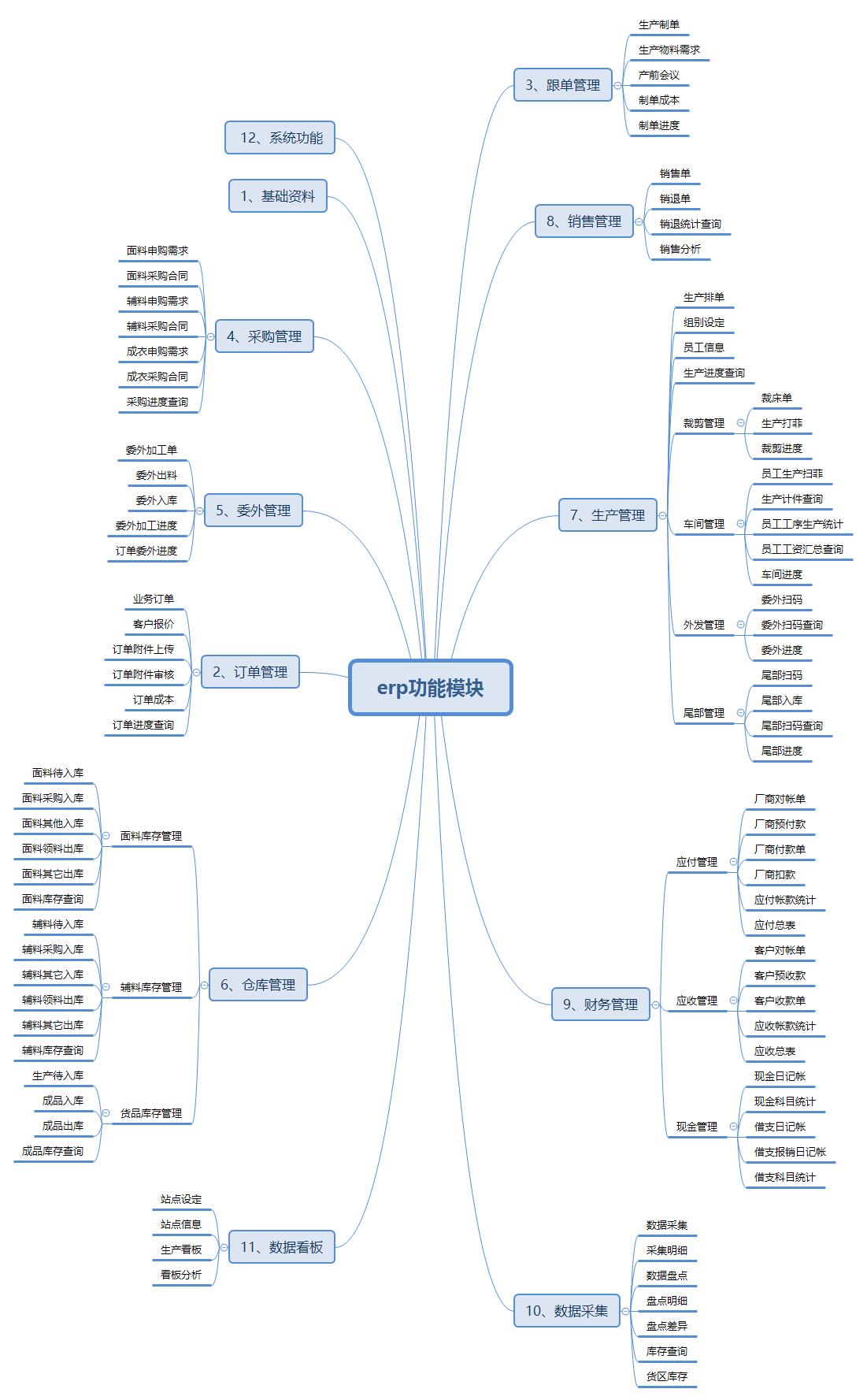
![]() Introduction to the functional modules of clothing ERP software
Introduction to the functional modules of clothing ERP software

![]() Introduction to the Characteristics of Clothing ERP Software
Introduction to the Characteristics of Clothing ERP Software

Mobile app homework:
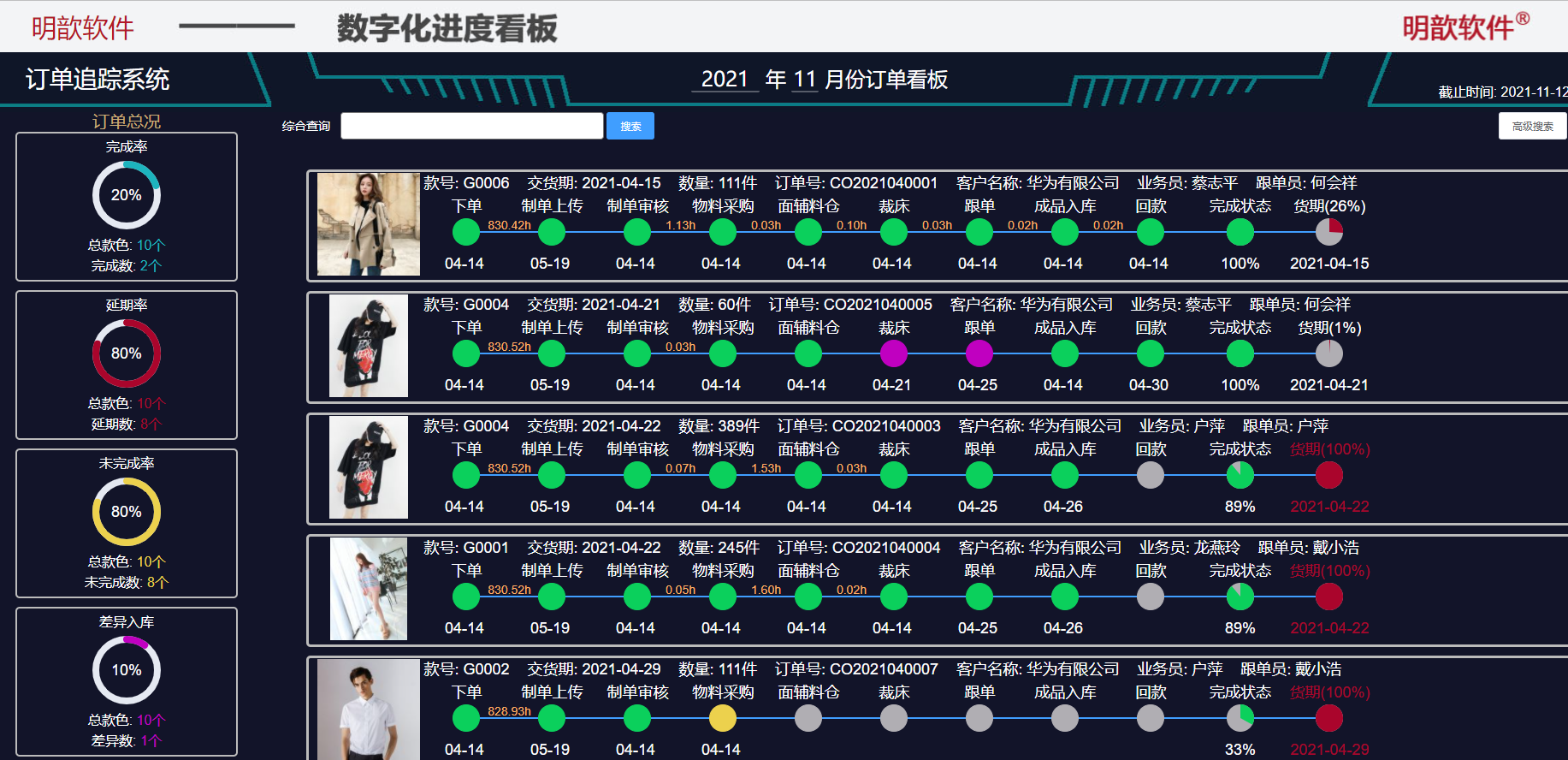
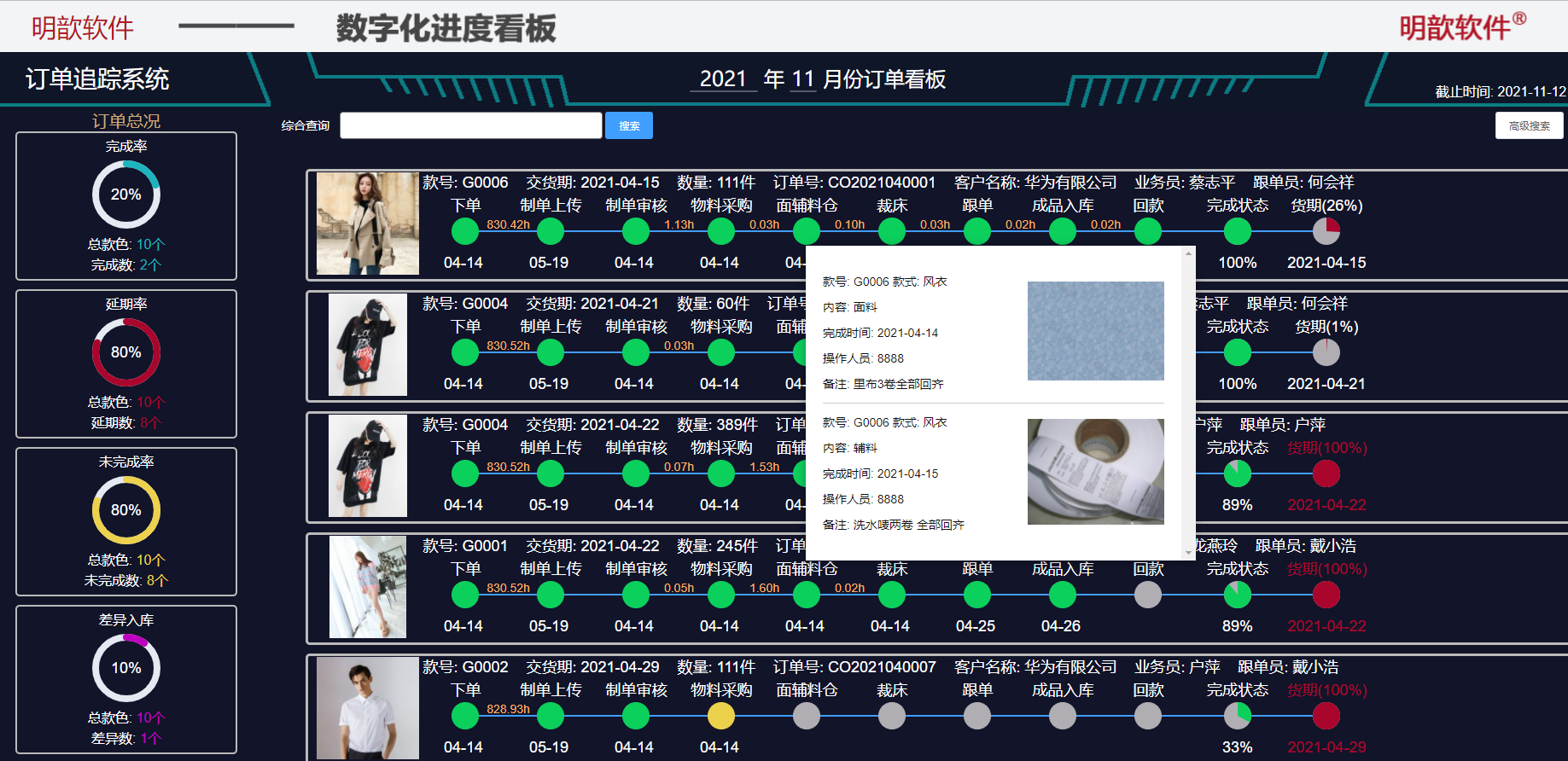
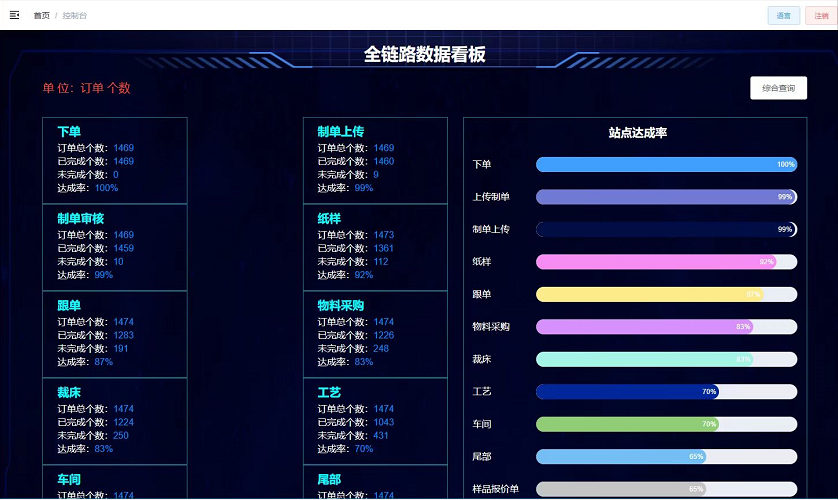
![]() Introduction to system production of Philippine invoices:
Introduction to system production of Philippine invoices:
Product Services
Software installation | Provide installation, account settings, and content settings for trial users and purchased software。 |
Usage training | After system installation and initialization, comprehensive operational training will be provided to formal users, as well as user guided training for trial use. |
Routine maintenance | Telephone and internet are the preferred service methods, and in case the above issues cannot be resolved, on-site service will be provided. |
software upgrading | The same version upgrade is provided for free, while upgrades between different series of products require users to make up for the price difference. |
free service | Paid service: Enjoy a simple secondary optimization service, including report optimization, for free within one year from the date of purchase. |
compensable service | In one of the following situations, users need to bear the corresponding service fees: 1. Users need the software to customize and optimize services 2. The user's software system has exceeded a one-year free service period; 3. Users did not use the software according to normal usage regulations (such as operating errors and deleting or modifying data, resulting in accidental damage to system data); |


